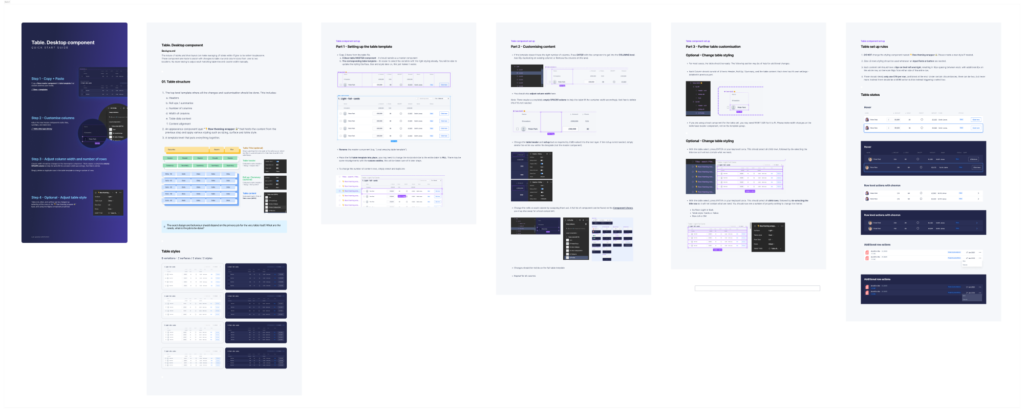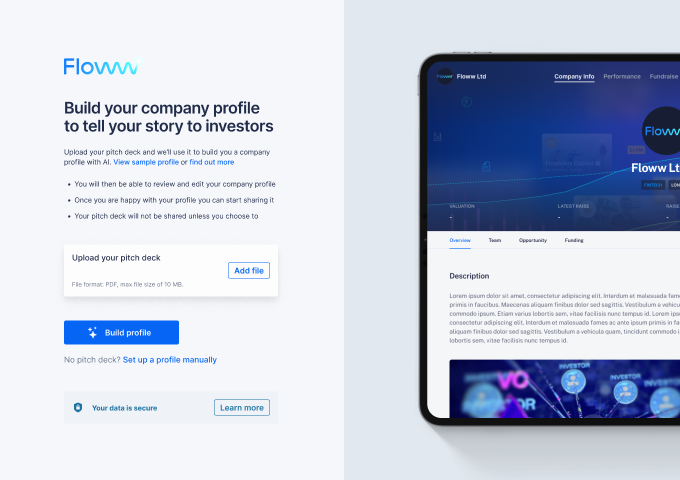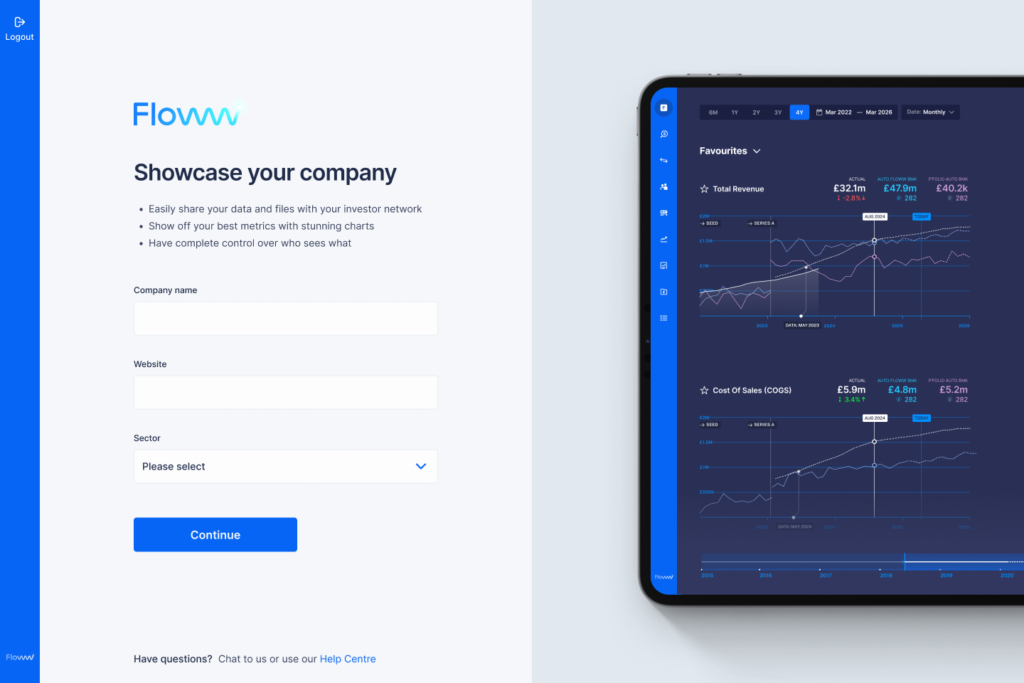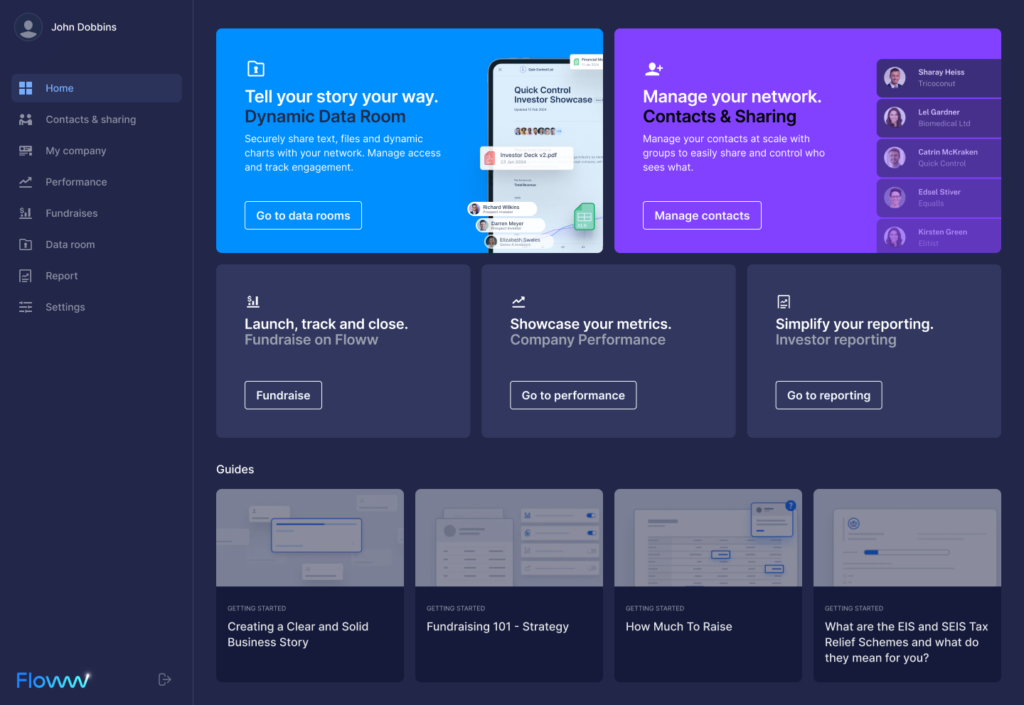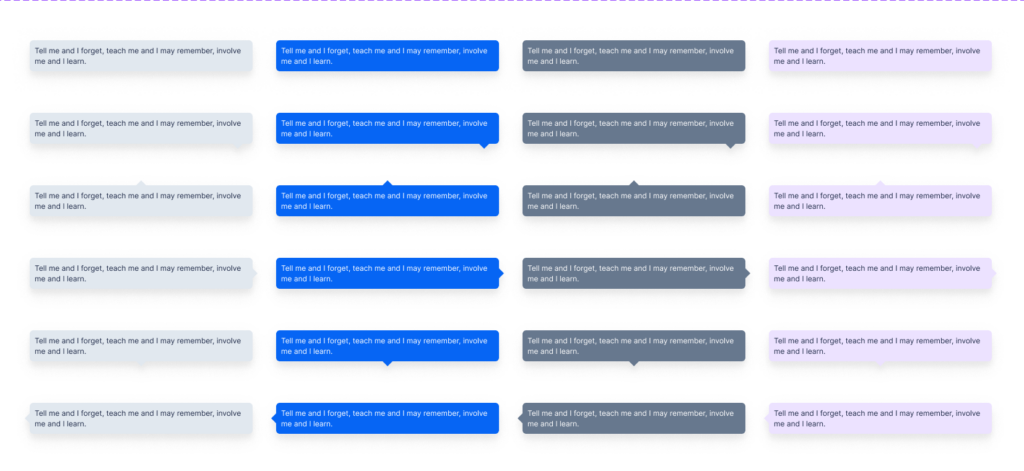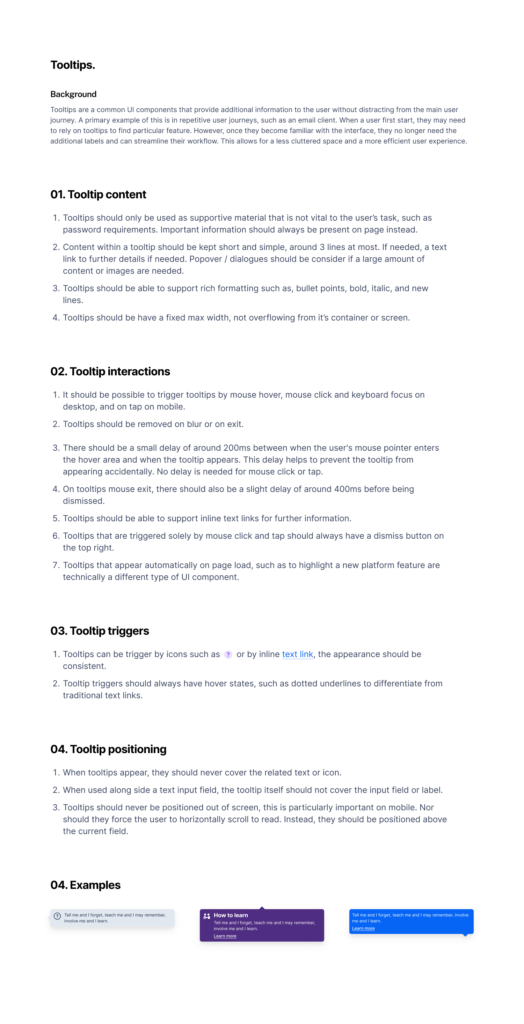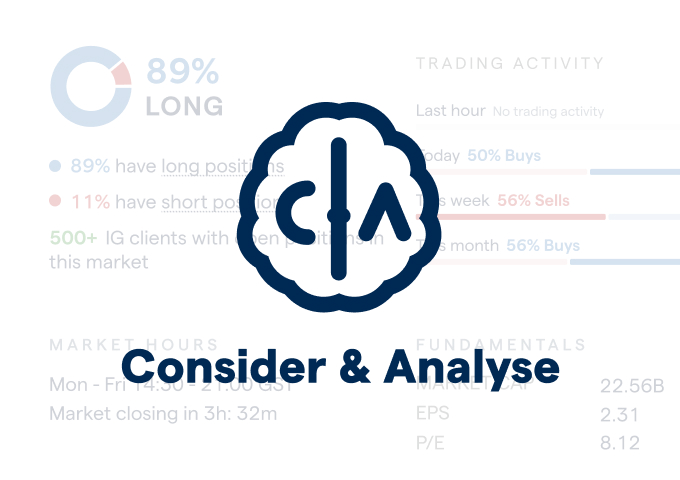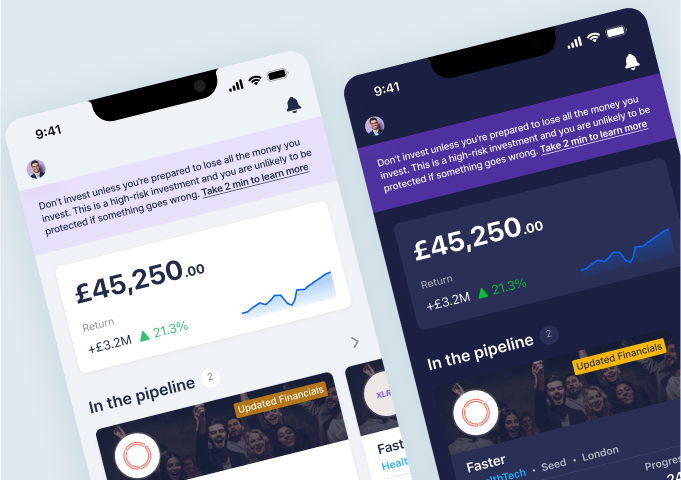Context
One of the key projects I worked on at Floww was to redesign the onboarding process for startups to join our platform and be able to fundraise. The previous journey was the result of adding multiple rounds of new requirements and features one on top of another, this concluded in an 30 step onboarding process where startup founders were ask to jump through a number of hoops before they could finally get access to the platform.
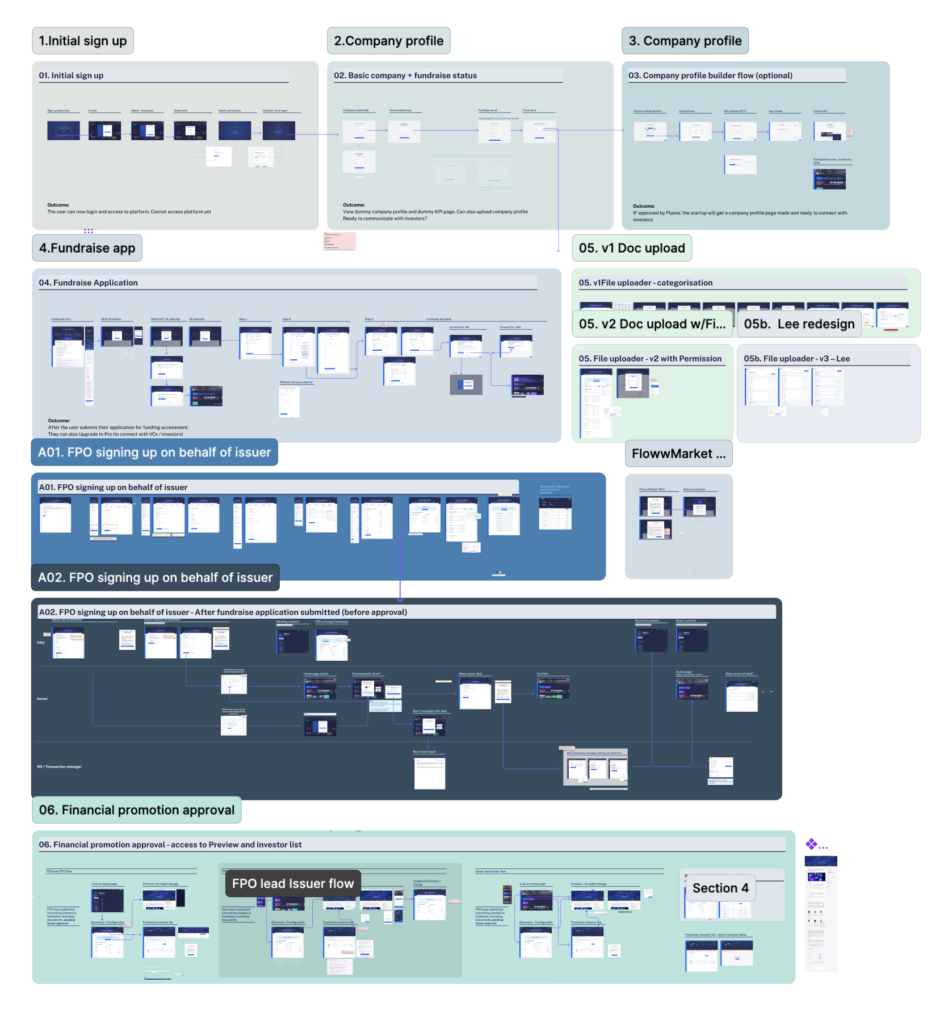

Working in a small team, we broke down each of the requirement to its essence, understanding whether it was done for legal, business or technical reasons. This allowed us to rebuild the journey, creating a single coherent journey that kept the user informed and understanding the value we could bring.
User journey
The initial stage of the project was gaining a clear overview of how the current onboarding journey was put in place, we mapped out the entire journey from arriving on the marketing website to creating their company profile, and finally arriving on to the platform.
Adding AI to the process
During data analysis and user research, we understood one of the main pain point for users is the effort it would take for startup founders to set up their company profile, this being their chance to show off their company and product to potential investors carried a lot of weight, introduce this process during onboarding understandably led to a high number of drop off.
With the brilliancy of the development team, we were able to introduce the ability for startups to upload their pitch deck for the automatic generation of their company profile using OpenAI. This meant we were able to greatly improved conversion to activation and profile completion by 3 folds in a number of weeks.
Back office support
In parallel with redesigning the startup onboarding workflow, we also made changes to the back-office platform to ensure seamless integration with the new user experience. This involved thoroughly understanding how the system originally functioned and adapting the changes to minimise technical debt and administrative disruptions. These back-office improvements further streamlined the onboarding process for startups joining the Floww platform.

Design System on Figma
As an integral member of the design team, I played a vital role in the creation and evolution of our comprehensive, company-wide design system, which was meticulously translated into coded components. My specific responsibilities included leading the development of crucial components, such as tables—a vital element given our data-intensive platform, ensuring their design was executed flawlessly.
Collaboration was central to our success. I worked closely with a dedicated team of four designers and partnered with developers to establish robust solutions and tackle edge cases. My ability to code proved instrumental in both contexts, enabling me to run code locally to test and refine our ideas practically.
I took a proactive approach in adopting the latest Figma features, optimising our workflow for both mobile and desktop applications. This not only improved our design efficiency but also kept our system at the forefront of technology and usability standards.
My role in developing specific components and auditing the design system contributed significantly to reducing the time to market for our products. The design system received widespread acceptance within the company, marking a key achievement in my career. It not only facilitated a smoother design-to-development workflow but also ensured a high level of design consistency and user experience across our products.
